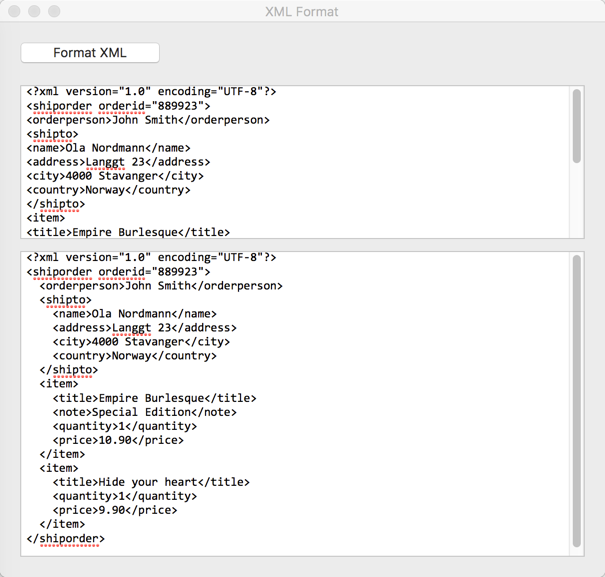

Regardless, there is no perfect solution. However, if CIDs are not used, the images are blocked by // any Yahoo! Mail user that has image blocking turned on - // even though the images are embedded. Therefore, a spammer // cannot get an indication that you've read the email. Why? // It's because when viewing the email there is no external // HTTP request to fetch an image. If this is turned on, the CID images will still // display correctly even though images are blocked. However, the Yahoo! Mail user has the option of blocking // images. When testing with Yahoo! Mail, embedded images display OK. When testing with Eudora, Mozilla Thunderbird, and Outlook Express, // embedded images display correctly with our without CIDs. Without CIDs, // the images are automatically displayed.


When testing with GMail, if CIDs are used the email will // be displayed with images blocked (by default) unless // the user allows them to be displayed. and the corresponding image embedded within // the email has a matching Content-Location header field. When not using CIDs, the IMG SRC attribute can have a URL, // path, etc. When using CIDs, the IMG SRC attributes use // urls that begin with "cid:" and the corresponding image // embedded within the email includes a Content-ID header field. Email // There are two ways of embedding images in emails: with CIDs // and without. MailMan // The MHT component can be used to convert an HTML page // from a URL, file, or in-memory HTML into an email // with embedded images and style sheets. See Global Unlock Sample for sample code. This example assumes the Chilkat API to have been previously unlocked.
#XOJO HTML VIEWER MAC OS#
Xojo Plugin for Windows, Linux, Mac OS X, and ARM (Xojo Plugin) Convert HTML Web Page to Email and SendĬonverts an HTML page at a URL into an email with embedded images and sends it.


 0 kommentar(er)
0 kommentar(er)
